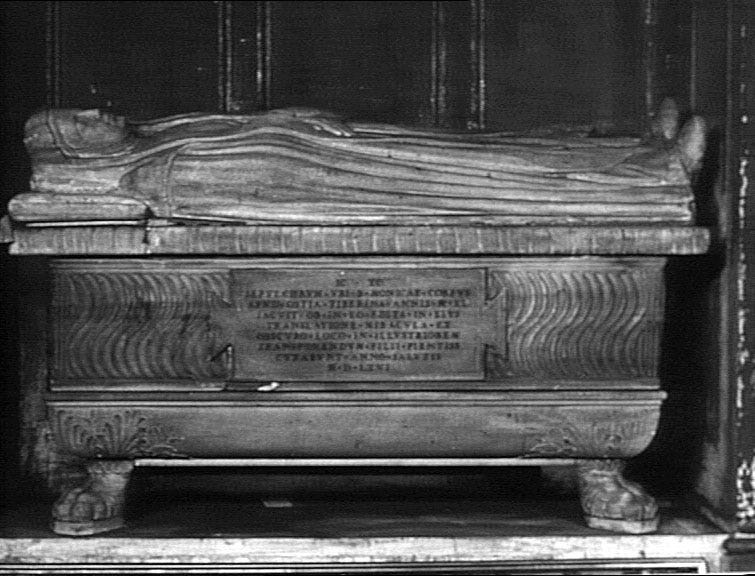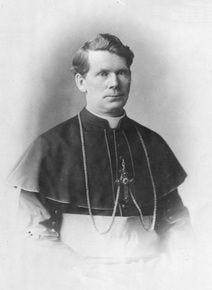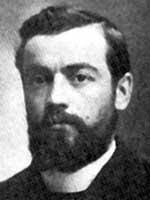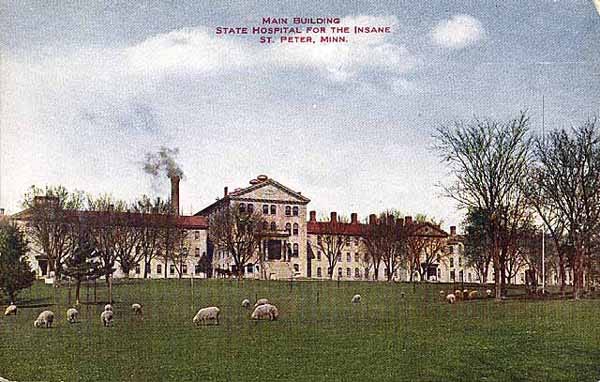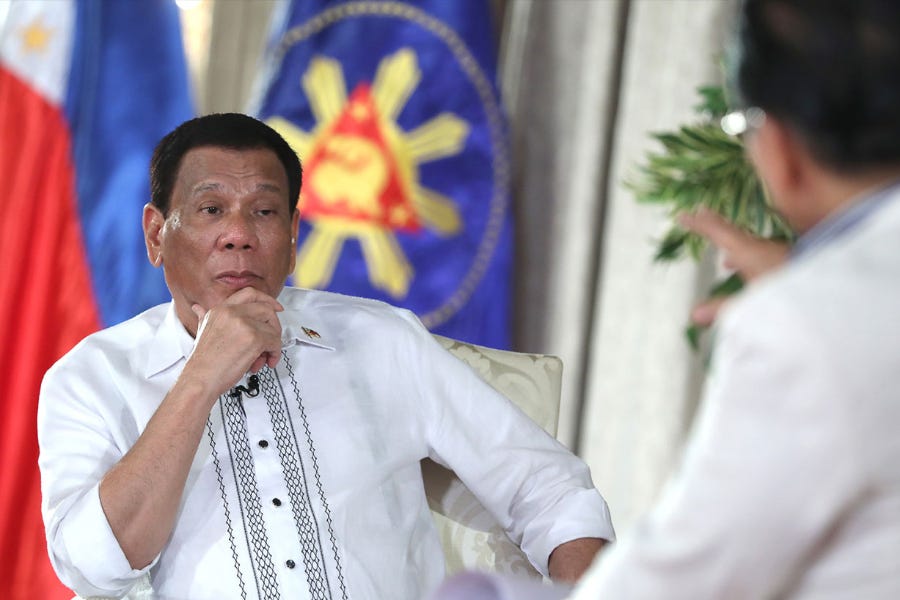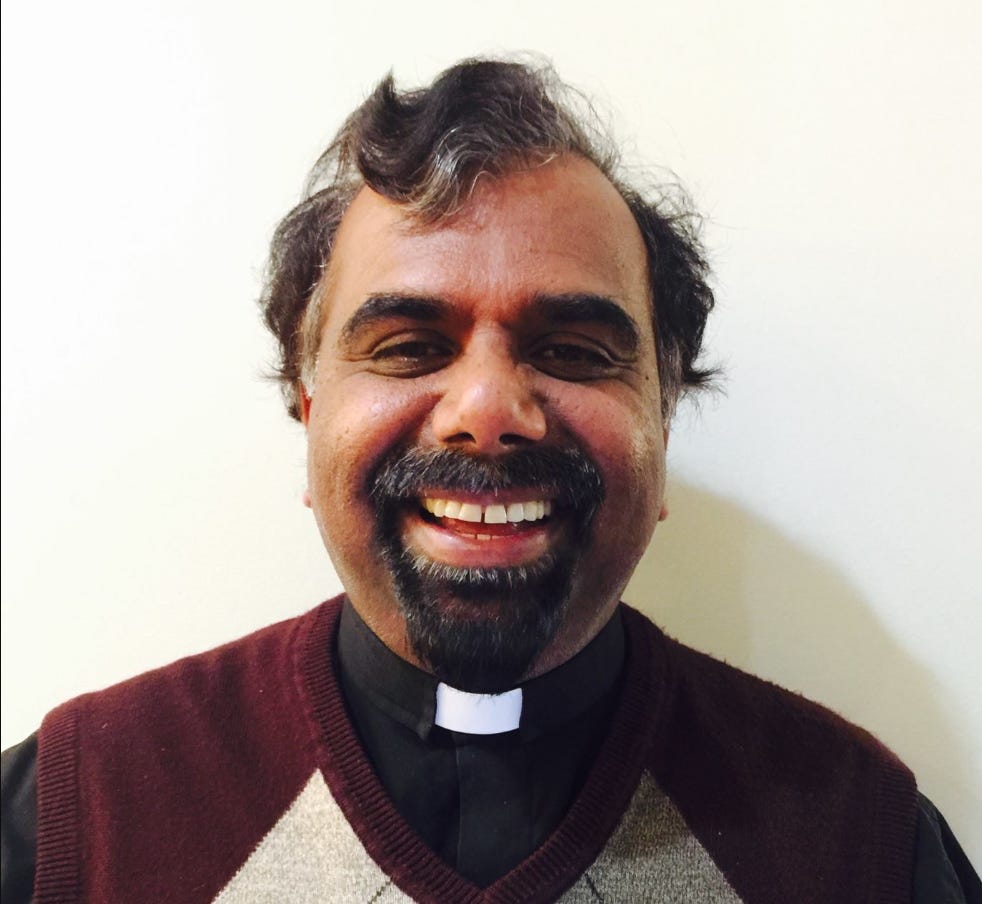Pillar subscribers can listen to JD read this Pillar Post here: The Pillar TL;DR
Hey everybody,
Today the Church celebrates the feast of St. Monica, tomorrow we celebrate her son Augustine, and you’re reading The Tuesday Pillar Post.
Allow me to begin with a few notes:
First, if you’ve not read Suzanne Wolfe’s “Confessions of X,” you should. It’s a novelization of Augustine’s conversion, from the point-of-view of his paramour. It’s both a beautiful and heartbreaking depiction of a woman who loved Augustine, and who was the mother of his child. What makes the novel especially good reading is how it reflects thoughtfully on love, grace, and the meaning of the cross.
I’m not paid to make book recommendations, and yesterday I spent an hour reading Hardy Boys with my son, so caveat emptor on my literary bona fides, but I’d nonetheless suggest that if you want to know Augustine in a new way, you should pick up “Confessions of X.”
—
Second, if you’ve hung around the Church for a while, you’ve probably noticed a lot of pronunciation variability on the name of St. Augustine. When I first began practicing the faith, I even noticed an ecumenical point of divergence: Protestants, I noticed, tended to say “AW-gus-teen,” while Catholics, and especially academics, tended toward “ah-GUS-tin.”
Lately, I have been wondering how the saint himself might have pronounced it. If you want, you can read a pretty funny article, in the style of a Thomistic disputation, on the subject. Tolle lege, as it were.
But if you want my view on the subject, it’s this: the saint himself wouldn’t have used any of the pronunciations you tend to hear out on the streets, or in hushed, revered tones from Lutherans and Platonists. He spoke Latin (and some other languages), and he wouldn’t have cottoned to an Anglicization of his name. He would have said something like Ow-gust-EE-nus.
And in deference to the guy, that’s what we should say too. And we should be magisterial and snooty about it, just for kicks. It (might be) what Augustinus would have wanted, after all.
—
Third, the Office of Readings today has a beautiful account of St. Monica’s preparations for death, from Augustinus’ own pen, in fact.
Here’s an excerpt:
“Because the day when she was to leave this life was drawing near – a day known to you, though we were ignorant of it – she and I happened to be alone, through (as I believe) the mysterious workings of your will. We stood leaning against a window which looked out on a garden within the house where we were staying, at Ostia on the Tiber; for there, far from the crowds, we were recruiting our strength after the long journey, in order to prepare ourselves for our voyage overseas. We were alone, conferring very intimately. Forgetting what lay in the past, and stretching out to what was ahead, we enquired between ourselves, in the light of present truth, into what you are and what the eternal life of the saints would be like, for Eye has not seen nor ear heard nor human heart conceived it. And yet, with the mouth of our hearts wide open we panted thirstily for the celestial streams of your fountain, the fount of life which is with you.”
It must have been a consolation for Monica, after praying for her son’s conversion for so long, to stand with him, and look out over a garden, and talk about the Last Things — and especially about paradise, “the fount of life which is with you.”
I hope I’ll talk with my own children in my last days, and they’ll share in my thirst for the “celestial streams.” Monica is a reminder of the unpredictable path of Providence, in which I hope for her enduring and patient intercession for the people I love most.
Discover the Prophets’ central role in salvation history in a free, live, online Scripture course taught by Fr. Sebastian Carnazzo! In this course, students will encounter the great Prophets of Israel and their writings and learn who these men were and why they prophesied. Learn more and sign up here!
The News
Most of those COOs, if not all, are laypeople, and most have backgrounds in corporate America. To a lot of people, getting a person like that invested in the chancery’s work is a good idea, especially given the complexity of HR, tax, and regulatory compliance in contemporary America.
But the trend does raise two questions:
First, canon law already provides for a person delegated to “to coordinate those things which pertain to the treatment of administrative affairs and to take care that the other members of the curia properly fulfill the office entrusted to them.”
The provision is an office called the moderator of the curia, and canon law requires that it be a priest.
So, some people have asked whether the COO title is really just a way to skirt the canonical requirement of putting a priest in the role — and whether the lay COO is really just a moderator of the curia, by another title.
Then others have asked whether something’s lost, in perspective especially, when a person without theological and pastoral formation becomes a key diocesan policy-maker.
There’s a lot to ask about. So The Pillar’s Michelle La Rosa reports from the ecclesiastical c-suite. Here’s what she learned.
That doesn’t sound like a big deal at all, right? A retired cardinal asked to travel a few countries over to represent the pope at a Eucharistic gathering.
Except that Porras is an outspoken critic of Venezuela's President Nicolas Maduro — and Venezuela is embroiled in protests, after most observers say that Maduro just held a sham election .
Porras, in fact, is the guy who publicly urged Venezuela’s episcopate to support “civic resistance” against Maduro.
—
And by the way, I will be at the International Eucharistic Congress next month, in Ecuador, to cover Porras, and the rest of what can be learned with pilgrims from around the world.
Of course, I can be there because some Pillar readers are also Pillar subscribers — and we’re almost entirely subscriber-funded, because we think that’s the best way to do our work with integrity. Can you be one of those subscribers?
Will that call be heeded? Well, Pillar readers know that the Syro-Malabar Church’s largest diocese is mired in a seeming intractable liturgical dispute, with no clear end in sight.
But even while they called for liturgical unity, bishops of the Church focused a message Sunday on other issues, including a call for lay people to live as missionaries, through an “ignition of the apostolic spirit.”
—
Finally, an update on a serious financial scandal for the Church in Europe: Two banks approved tens of millions of euros in loans for a Catholic charity while it was in the midst of a multi-million euro fraud. The funds, totaling as much as the charity’s entire cash reserves, could account for as much as half the money believed to have been embezzled from its accounts earlier this year.
If you haven’t followed this story, here’s the deal: It emerged recently that more than 60 million euros were embezzled this year from Caritas Luxembourg (think a local Catholic Charities, for a similar stateside organization).
A Caritas official is facing charges, the local cardinal has called for more investigation, and of course, the money itself was transferred from Caritas bank accounts into accounts all over Europe.
Well, now we find out that while he was transferring money out the back door, the finance official charged with embezzlement was applying for operational loans, and then transferring out that money too.
And what’s the real lesson? That it seems various internal control procedures weren’t followed while all this was happening. And that’s a somewhat common story with financial crime in the Church — in a high trust environment, like the Church, we tend to think that theft won’t happen, because we’re all aligned for a common mission.
But it does happen — sometimes to the tune of 60 million euros. That’s why we have policies designed to prevent theft and embezzlement. And of course the biggest problem with policies is that people have to follow ‘em.
‘The gutter of insanity’
On August 27, 1915 — 109 years ago today — Bishop Patrick Heffron of Winona was shot twice (presumably in the back) while he celebrated Mass, in his private chapel.
Heffron wasn’t shot by some anti-Catholic Know-Nothing or member of the KKK. The shooter wasn’t some jilted paramour, or someone Heffron owed money to from a game of cards. And the shooting wasn’t done in odium fidei, by some anarchist, communist, or crazed Minnesota Lutheran.
No. Heffron was shot by one of his own priests: Father Louis Lesches, who was mad about his parish assignment.
The bishop — he was the second bishop of the Winona diocese — was New York born, but a Minnesota priest, who came up under the legendary Archbishop John Ireland.
Heffron was known as a hard-driving man, with high expectations for himself and his priests. He was also known to be shrewd, snapping up property outside Winona, and using it to start a college. He also built a high school, started a Catholic newspaper, and, on the whole, made his presence felt in Minnesota’s eastern bluff country.
Heffron was not an especially “synodal” guy — he trusted his instincts and his training to grow the presence of the Church, regardless of the advice he received.
Heffron and Lesches had first met when Lesches was in seminary, and Heffron was rector of St. Paul’s Seminary in St. Paul.
In a seminary evaluation, Heffron wrote that he initially believed Lesches “was not stable in character,” but acknowledged that the man “knows his theology very well,” and conceded that he was “favorably disposed towards” his ordination.
As a priest, Lesches was frequently ill — though it’s not clear with what — and he was often absent from diocesan functions. When Heffron became Winona’s bishop, he found Lesches to be a thorn in his side — the priest was constantly complaining about his assignment, regularly insulting the bishop’s intelligence, and frequently asking for money.
Today, he’d probably have a thriving YouTube ministry.
Anyway, Lesches was especially unhappy that Heffron refused to make him a pastor. Bishop Heffron believed his priest was too unstable to take a parish — even suggesting in a letter that Fr. Lesches might be better suited to farm work, “which would not require close, personal relationships.”
As if to prove his bishop right, Lesches showed up at St. Mary’s Hall on August 27, 1915, with a gun. He might have been egged on by a fellow priest, Fr. Bernie Kramer, who had told Lesches while playing cards one night that if the bishop had refused him a parish, “I’d shoot the bastard.”
Well, Lesches did just that. He fired five shots. The first missed. The second hit the bishop’s leg. The third hit the tabernacle. The fourth hit Bishop Heffron’s chest. The fifth hit the bishop’s arm, because by that time, Heffron had begun swinging wildly at the priest, reportedly shouting about Lesches’ “unworthy soul,” and then chasing him out of the chapel.
Heffron had two bullets inside him. He reportedly did not finish Mass. But by all accounts, he did put the chapel back in order, and then walked to his rooms before the police came.
They found Lesches hiding in a campus dorm. Heffron lived. Lesches, after a short trial, was committed to the Minnesota Security Hospital for the Dangerous Insane.
One year later, Lesches wrote to apologize to his bishop. Sort of.
“It is with pain and great sorrow that I come to apologize for the unfortunate deed which must have plunged your heart into deep affliction. I have no clear remembrance of it and I sincerely beg pardon for whatever guilt may have been mine and I thank God it is no worse,” he wrote.
But then his letter took a turn:
“Considering the past, you refused me food, clothes, shelter and care in sickness and helplessness; you said you did not care for my life or soul, to find work with some farmer, and that you knew I was crazy. What was then left to me but death in the gutter of insanity?”
Both lived decades more, Lesches in the asylum, Heffron as diocesan bishop.
I’m not sure what the moral of the story is, but I thought that Pillar readers, of all people, would enjoy it.
Let’s pray for both their souls.
Please be assured of our prayers, by the way, and please pray for us. We need it.
Sincerely yours in Christ,
JD Flynn
editor-in-chief
The Pillar

